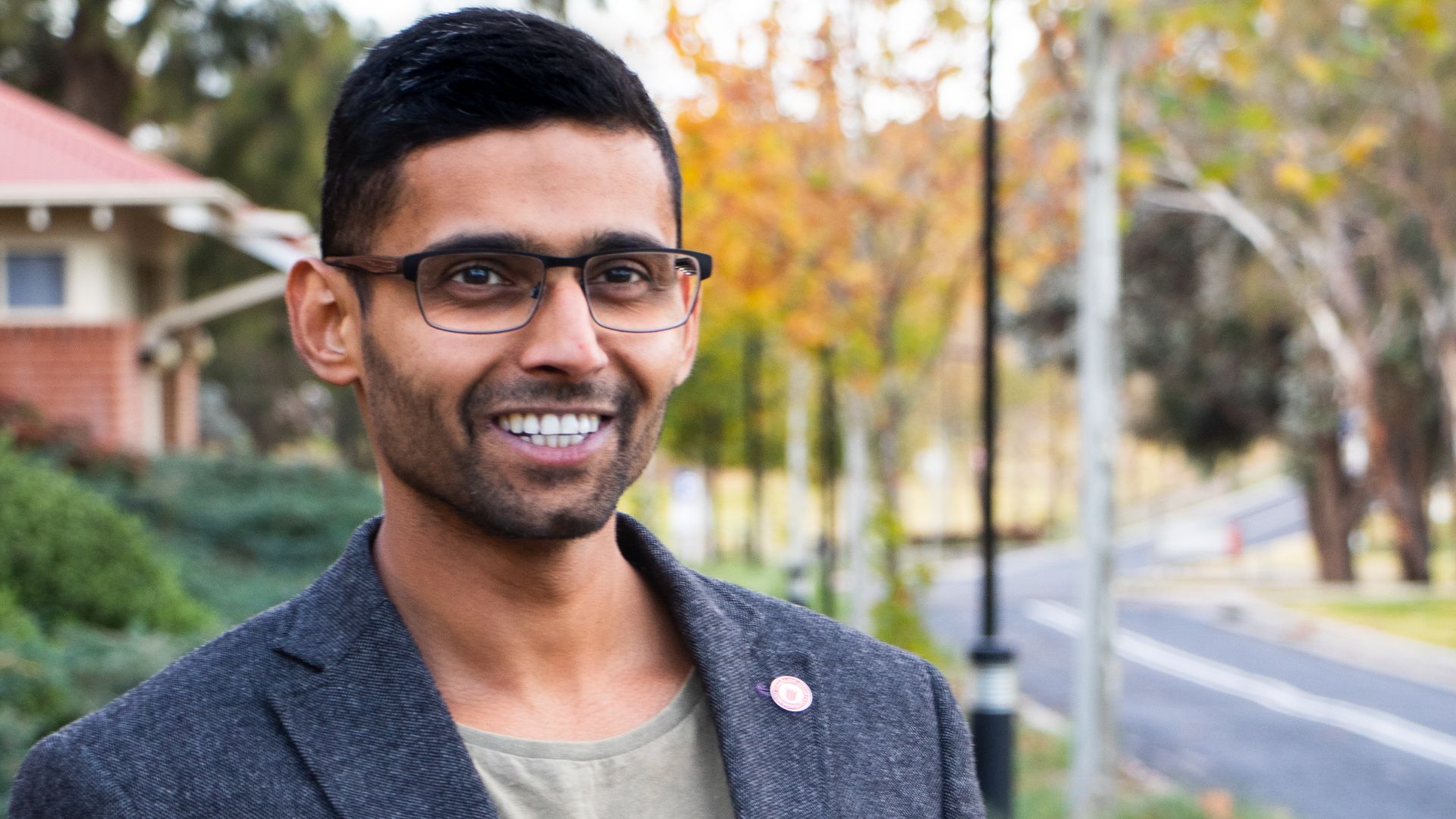A Charles Sturt University Lecturer in the School of Management and Marketing Dr Clifford Lewis explains how the tourism industry will be affected in a post-pandemic world.
COVID-19 has demonstrated how interconnected the world is, and the role of the tourism industry, in particular, in bridging geographic distance; the Ruby Princess cruise ship is a case in point.
At the time of writing, we find ourselves in a situation where the COVID-19 cases and deaths curve has (relatively) flattened.
Federal and state governments are contemplating the easing of domestic travel restrictions and the potential for a trans-Tasman ‘travel bubble’.
To understand the implications of these changes, it is essential to understand the role travel and tourism can play in an individual’s life.
Tourism provides an opportunity to experience new places and cultures. It enables individuals to form and deepen interpersonal connections.
Such connections may happen between the traveller and people at the destination, or with others the individual is travelling with.
Senior Australians tend to see travel as a way of spending quality time with their partner and deepening their relationship after their children have left home.
Tourism also allows us to get away from familiar surroundings and have a break in a different environment.
The leaving behind of familiar surroundings is almost seen as a requirement to mentally separate oneself from the demands of day-to-day life and to give ourselves permission to disconnect and relax.
This is particularly the case for the millennial generation, for whom technology permeates all aspects of their life, and who explain that a holiday away from home is the only time they can truly disconnect.
This generation, in particular, also tend to talk about the importance of forming genuine connections while travelling – noting how technology has made relations superficial.
With this in mind, we can now start to unpack what the easing of restrictions will mean – considering, in particular, the destinations visited and the impacts on hospitality and leisure experiences.
Given the changes being considered, in the short-term, domestic tourism will rise.
People will seek to reconnect with friends and family they have not had the opportunity to see over the past two months and escape the surroundings within which they were in lock-down.
A likely beneficiary of this travel will be regional and rural communities that provide a different, and contrasting, experience for almost 70 per cent of the Australian population who live in, and were in lock-down in, our capital cities.
Given the international travel restrictions still in place, this represents an opportunity for regional destinations to market themselves, build awareness, and attract the interest of travellers who would otherwise have travelled overseas.
While people may seek to travel to re-experience those connections and escape, COVID-19 has made us more sensitive to the risk of being exposed to infections while travelling.
Part of being able to disconnect from day-to-day life is about letting go of worries and living in the moment – that is, enjoying the flow of the experience.
The sanitation protocols we have become accustomed to, along with the associated media coverage and messaging, have ultimately made us more vigilant and concerned about our safety.
This has implications for the hospitality services that contribute to the tourism experience.
There is now a greater need to provide evidence of the sanitation measures taken to protect patrons in restaurants and accommodation services.
Such visible signs help to reduce the visitor’s perception of risk and make them more comfortable with their experience.
It also potentially helps to pre-emptively reduce the disruption that having to be constantly vigilant would impose on the experience.
COVID-19 will also have an impact on how tourist attractions are experienced, this is particularly the case for places like museums and galleries where it is common to have group tours.
The social distancing measures implemented have made us cautious of being around people we do not know or those outside our family group.
In a tourism context, visitors may prefer to avoid tour groups altogether, participate in smaller groups, or exclusively with members of their household.
This has implications for how such tours are conducted and the viability of offering such experiences.
In the long-term, as restrictions continue to ease and international travel resumes, one can only wonder how long it will take for travellers to be confident and comfortable about travelling overseas, or going on cruises.
While the need and demand for tourism and leisure will likely return to what it was pre-COVID-19 at some point, the way it is experienced will change.
The lessons we learn from this pandemic can help transform tourism by understanding how tourism helped spread COVID-19 across the globe, and therefore, what can be done to reduce the impact of the industry on future pandemics.






Social
Explore the world of social